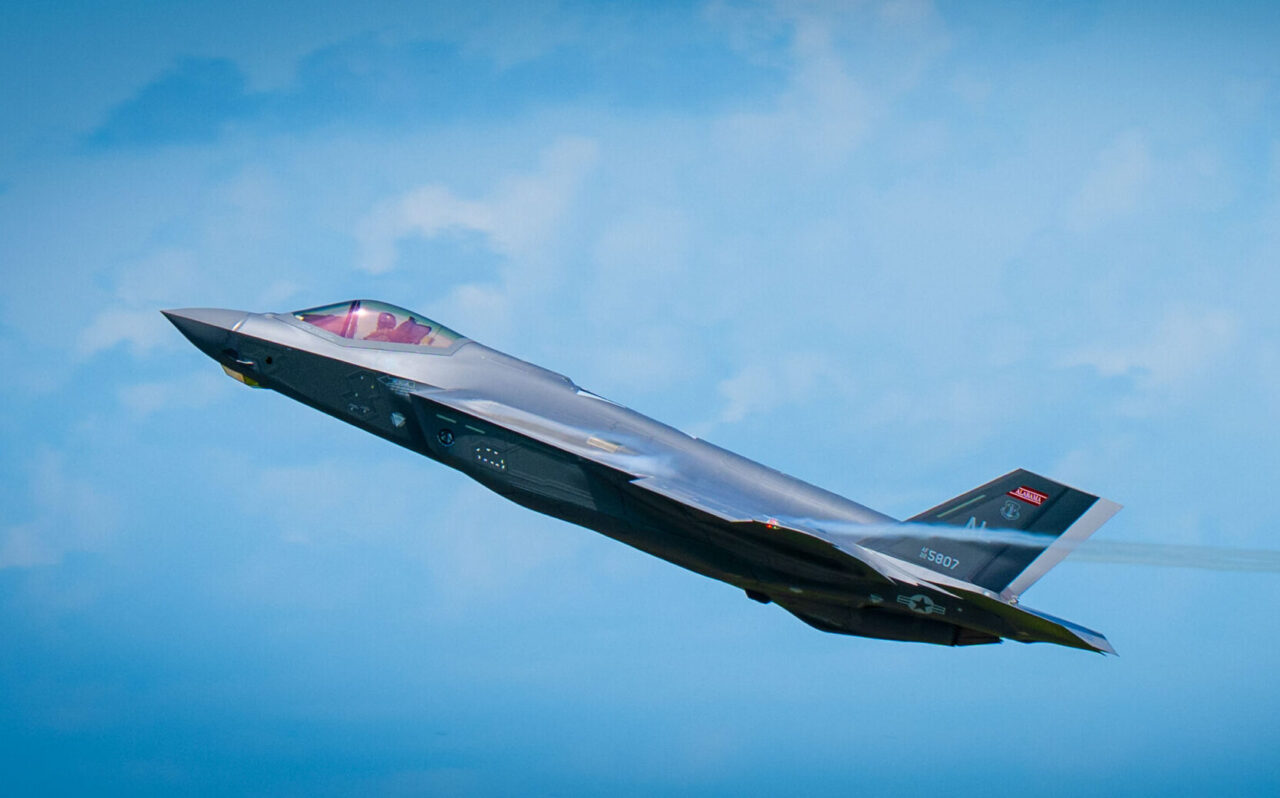
Belgium Is Going All In with the F-35
Belgium is boosting its F-35 fleet, responding to NATO pressure and regional threats, while also committing to Europe’s sixth-gen FCAS fighter program.
Belgium has committed to purchasing 11 additional Lockheed Martin F-35A Lightning II Joint Strike Fighters to bolster its air force. The NATO member’s previous program of record for the fifth-generation stealth fighter was 34 aircraft, with eight having been delivered to date.
The initial fleet of conventional takeoff and landing multirole aircraft is scheduled to be operational by early 2031. However, the number of fighters was considered inadequate to meet the country’s defense needs, and Belgium is following the Netherlands in boosting the number of fighters, as evidenced by its efforts to increase defense spending.
Last week, Antwerp published a “Strategic Vision” document that sought to address the nation’s defense needs, including how the 34 fifth-generation fighters would be unable to fill the role of the 54 F-16 Fighting Falcons being retired from service. Noting the shortfall, but also seeing a threat from Russia, Belgian officials have called for an increase in the number of multirole fighters, which can be employed in air policing missions throughout the NATO alliance.
“Since 2021, NATO has expected Belgium to exceed its initial [F-35] commitment of 34 aircraft and further strengthen its air combat capability, which is essential for maintaining its air force and fully contributing to the collective defence of the European continent,” the document stated.
Belgium Is Increasing the Size of Its Military Overall
Beyond the additional F-35s, Belgium has committed to acquiring a third anti-submarine warfare (ASW) frigate for its navy, while also investing heavily in air defenses.
“A country like Belgium can only remain free and sovereign by aligning itself with loyal and powerful partners,” Belgian Defense Minister Theo Francken wrote in the foreword for the Strategic Vision 2025 report. “And we can only count on their loyalty if we are prepared to show solidarity in their defense.”
The Benelux nations have committed to increasing their defense spending to 2 percent of their Gross Domestic Product (GDP) by the end of this year. The NATO member will maintain that level of spending through 2033, when it is expected to increase to 2.5 percent. Although the NATO alliance recently committed to a 3.5 percent level, Antwerp has yet to confirm it will be able to meet those obligations.
Belgium is also far from alone in increasing the size of its F-35 fleet.
NATO members Germany and Poland are reportedly holding internal discussions about purchasing additional fighters. The UK has also been seen as close to signing a deal for additional F-35s.
Where Will the F-35s Bound for Belgium Come From?
The value for the 11 aircraft has yet to be finalized, but Defense News valued it at €1.67 billion ($1.95 billion), which would include spare parts, support, and training. The delivery timeline is unclear, but it is likely to follow the completion of the original 34 aircraft. However, what is already confirmed is that any additional F-35As would be produced at Lockheed Martin’s facility in Italy.
The initial order for 34 fighters is being completed at the aerospace firm’s Fort Worth, Texas, production facility. The eight delivered aircraft are now “at the recently established Belgian F-35 Conversion Unit (BEL F-35 CU) at Luke Air Force Base (AFB) in Arizona,” international military analyst firm Janes reported. Those aircraft are being used to train Belgian pilots. The first Lighting IIs could be deployed to Belgium by the end of 2027. Current plans call for the aircraft to be stationed at Kleine-Borgel Air Base.
Antwerp’s decision to increase its order for the F-35A has been in the making for months. It was first raised by Prime Minister Bart De Wever in February, when he told the Belgian parliament that the current fleet size was “insufficient” and called for nearly a dozen more fighters.
Even as Belgium appears ready to move forward with its F-35 acquisitions, the country will also remain committed to the pan-European Future Combat Air System (FCAS) program, which aims to develop a sixth-generation manned fighter and its supporting systems. Belgium is a junior partner with France, Germany, and Spain, but has agreed to invest €300 million to achieve full partner status as the program transitions to its “Phase 2” development.
Antwerp is considered the glue that could bind Paris and Berlin together within the program.
The 2025 Strategic Vision has also called for studies to determine how the F-35 fleet could operate effectively with the FCAS aircraft from 2040 and beyond.
About the Author: Peter Suciu
Peter Suciu has contributed over 3,200 published pieces to more than four dozen magazines and websites over a thirty-year career in journalism. He regularly writes about military hardware, firearms history, cybersecurity, politics, and international affairs. Peter is also a Contributing Writer for Forbes and Clearance Jobs. He is based in Michigan. You can follow him on Twitter: @PeterSuciu. You can email the author: Editor@nationalinterest.org.
Image Credit: Wikimedia Commons/1st Lt. Benjamin Williams.
The post Belgium Is Going All In with the F-35 appeared first on The National Interest.
















